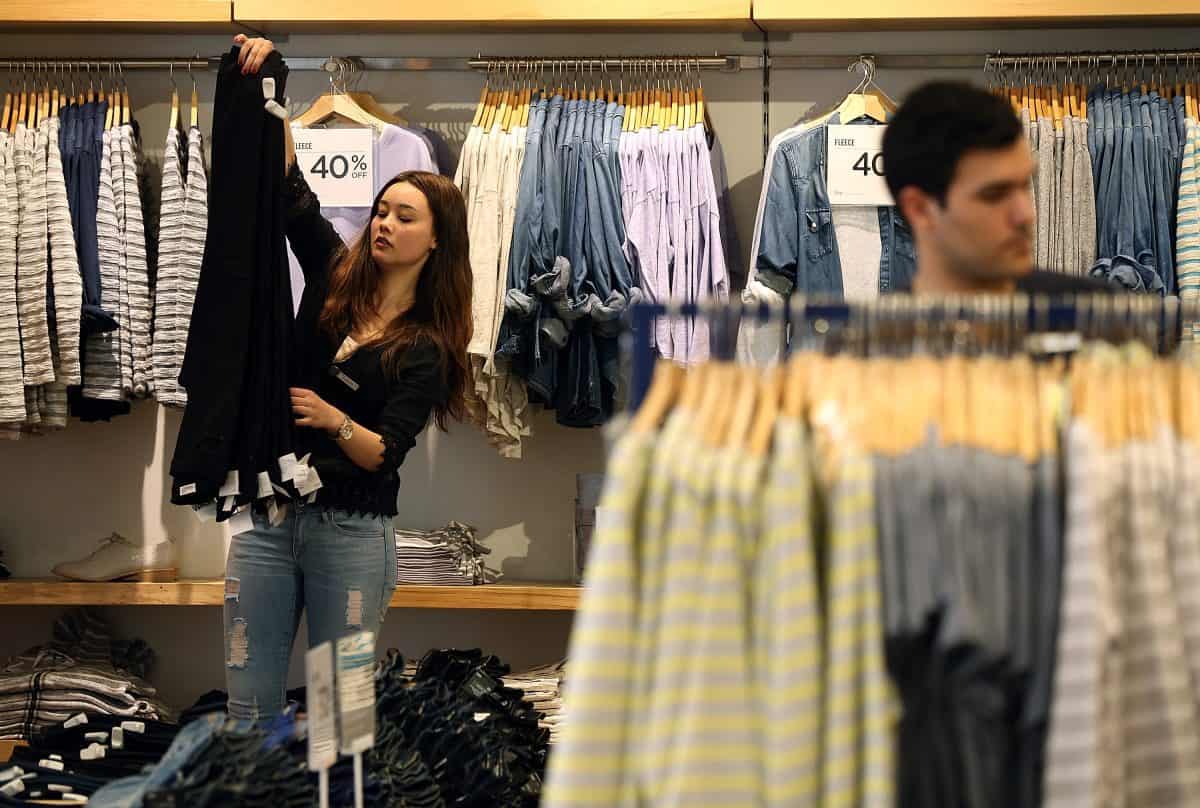RETAIL INDUSTRY EXPECTED TO GROW IN 2018, NEW NUMBERS SHOW


The National Retail Federation (NRF) released its 2018 economic forecast on Thursday, projecting that retail industry sales will grow between 3.8 and 4.4 percent over 2017. Online and other non-store sales, which are included in the overall number, are expected to increase between 10 and 12 percent. The numbers exclude automobiles, gasoline stations and restaurants.
Retail sales grew 3.9 percent in 2017 over 2016 to $3.53 trillion, according to the U.S. Census bureau’s preliminary estimate for the year. The number is subject to revision but exceeded NRF’s forecast for growth between 3.2 and 3.8 percent.
Additionally in 2018, the overall economy is expected to gain an average of 163,000 jobs a month, down slightly from 2017 but consistent with labor market growth; unemployment is expected to drop to 3.9 percent by the end of the year; and the gross domestic product growth is likely to be in the range of 2.5 to 3 percent.
“A robust holiday season for retail sales is just one of many barometers that points to a consumer that is clearly feeling positive about their financial health,” said Matthew Shay, president and CEO of NRF. “Despite headlines to the contrary, the retail industry is strong, growing and meeting consumer demand with the products they want at the prices they expect and the shopping experience they want to have, online or in store. With consumer confidence high, unemployment low and wages growing, there is every reason to believe that retail sales will be robust throughout the year.”
“The underpinnings of the economy are very good and consumer spending is at the center of our outlook,” added Jack Kleinhenz, chief economist at NRF. “The push and pull of forces both external and internal to the U.S. economy will continue to provide challenges, but on balance we expect a good year. And as the retail industry continues to transform, retailers will leverage the new tax plan to invest in their employees, stores and new formats that engage with the ever-evolving and demanding consumer.”







